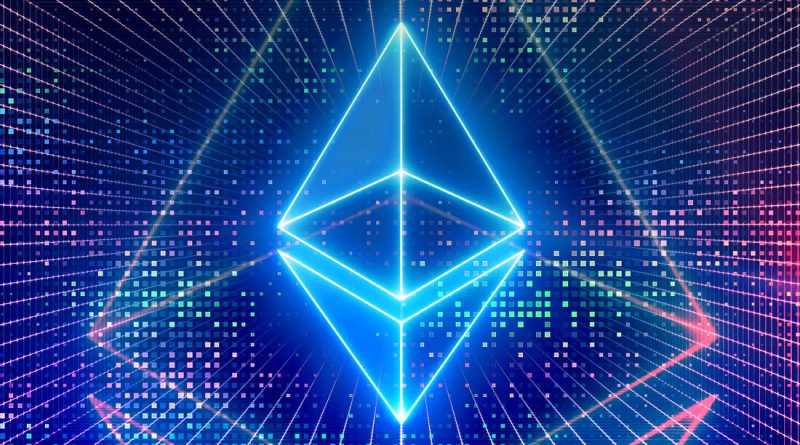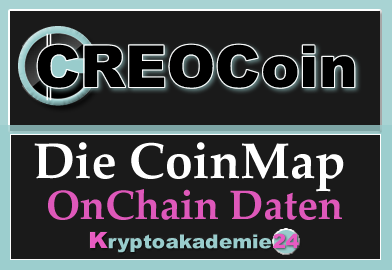The Ethereum Layer 2 Blockchain Project Optimism
Optimism (OP): Why everyone is betting on the Ethereum L2 project
In the rapidly evolving world of cryptocurrencies, innovation and solutions to existing challenges are crucial. The Ethereum network, which serves as the foundation for a variety of applications and projects, has experienced strong growth in recent years. However, with this popularity has come problems such as high transaction fees and slow confirmation times, which frustrate both users and developers. In this context, layer 2 networks such as Optimism have gained prominence to overcome these bottlenecks and scale the Ethereum ecosystem.
Layer 2 networks: The solution to Ethereum's scaling problems
Layer 2 networks are solutions that build on top of existing blockchains to increase their transaction capacity and efficiency. With the introduction of Ethereum 2.0, which includes the transition from a proof-of-work to a proof-of-stake consensus mechanism, scaling issues are being addressed, but it is clear that the Ethereum community cannot wait for a solution. Optimism and Arbitrum are two prominent examples of layer 2 solutions on Ethereum that can increase transaction speeds and reduce fees.
Why is everyone focusing on optimism?
Optimism has recently established itself as the preferred option for many major players in the crypto world. Industry giants such as Binance, Coinbase and Worldcoin have chosen Optimism as the platform to develop their own Ethereum Layer 2 networks. This begs the question: Why Optimism?
A decisive factor is the performance and effectiveness of Optimism. The network promises a significant increase in transaction capacity and a drastic reduction in transaction fees compared to Ethereum's main chain. These features are particularly attractive to users and developers looking for smooth and cost-effective transactions.
Outlook for the future of the OP token
The growing support and integration of Optimism by prominent crypto companies could have a positive impact on the value of the OP token. The OP token is the native cryptocurrency of the Optimism network and is used for transaction fees and governance purposes. As the use of Optimism increases, the demand for and value of the OP token could increase.
Overall, the trend of support from prominent crypto players for Optimism suggests that this layer 2 network is a promising solution to Ethereum's scaling problems. Users and developers can benefit from faster and cheaper transactions, while the OP token potentially increases in value. The future of Ethereum looks bright thanks to solutions like Optimism, as they could help make the Ethereum network more efficient and accessible for all participants.
The advantages of Optimism Layer-2 on Ethereum: Accelerated scaling and cost efficiency
Blockchain technology undoubtedly has the potential to revolutionize many areas of life, from finance and supply chains to art and culture. However, Ethereum, as one of the leading platforms for decentralized applications and smart contracts, is struggling with growing challenges such as high fees and scaling issues. This is where Optimism Layer-2 comes in, a promising solution offering that is worth a closer look.
1. accelerated transactions:
One of the key challenges of the Ethereum network is the processing speed of transactions. The main Ethereum network tends to be slow due to the proof-of-work consensus mechanism and associated security measures, resulting in extended confirmation times. Optimism Layer-2, on the other hand, uses a different technological foundation that allows transactions to be processed in real time. This not only speeds up the processing of transactions considerably, but also reduces waiting times for users.
2. cost efficiency:
High transaction fees on the Ethereum main chain have often made users reluctant to carry out transactions. This has made smaller transactions in particular unattractive. Optimism Layer-2 offers a solution that allows users to conduct transactions at a much lower cost. By moving transactions to the Layer-2 level, fees can be significantly reduced, making the use of the network more affordable for a wider user base.
3. scaling without compromise:
Ethereum has already shown that it can support an extensive ecosystem of decentralized applications and projects. However, the network has reached its limits due to its limited scaling capabilities. Optimism Layer-2 enables seamless scaling without compromising on security and decentralization. This opens the door to a larger number of users and applications without compromising the performance of the network.
4. seamless integration:
The migration to Optimism Layer-2 is relatively simple for existing Ethereum applications. Developers can transfer their existing smart contracts and DApps to Layer 2 with relative ease to benefit from the accelerated transactions and cost efficiency. This promotes smooth adaptation and facilitates the scaling of already established projects.
Conclusion: A promising step into the future
Optimism Layer-2 is undoubtedly an exciting development that lays the foundations for better performance and scalability of the Ethereum network. Through accelerated transactions, lower fees and seamless integration, Optimism offers a solution to some of Ethereum's most pressing problems. If the development and implementation of Optimism continues to be successful, it could help make Ethereum even more attractive as one of the leading platforms for decentralized applications and smart contracts.





